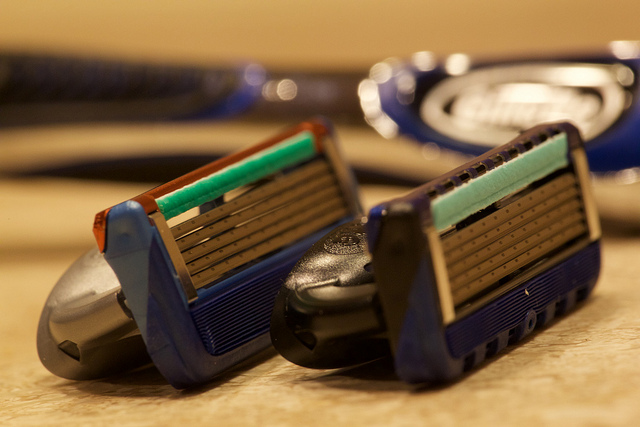
Concepts from the #MeToo and #TimesUp movements have been in place for many years, however nationwide involvement has begun to shape the movements into a political issue. One of the industries impacted has been advertising. Adweek mentioned in one of their articles, “‘I think [sexism] is baked into almost every industry,” one female executive observes, “but we in advertising sit on the precipice of risk in order to be provocative.’” As those who have witnessed or experienced part of the #MeToo movement increase in visibility, brands have begun to make a statement about the sexual harassment issue. One notable brand, Gillette, recently ran an advertisement focusing on how boys should be raised and that specific behavior is intolerable.
The Gillette advertisement, “The Best Men Can Be,” has caused controversy over whether the message was portrayed correctly. The grooming brand aimed to spread the idea of toxic masculinity and combating the common phrase of “Boys will be boys.” The advertisement features acts of bullying, mansplaining and sexual harassment and their motto of “Is this the best men can be?” is used to explain that men are able to stop harmful acts made by men.
Many men have found this advertisement a target or misconception made toward their gender; however, the ad was not created to point fingers, but rather to spread the ways certain issues could be combated or prevented as a whole. Countless social media posts have been written about the ad from both sides. Those in disagreement for the ad have generally posted about how “boys being boys” has nothing to do with the problems of the world today, whereas those in agreement with the ad have generally posted about how dissatisfaction towards the ad shows that there truly is an issue.
While controversy has sparked due to the ad’s message, overall the brand has received positive engagement. The positive reactions however, are not from the expected group of adult men. Instead, women and younger ethnic males have reacted positively to the ad, whereas the brand’s common audience, white, middle-aged men, have largely reacted negatively. Statistics have shown that over 50 percent of women associate the act of shaving as the feeling of disgust, but over 50 percent felt the emotion joy after watching the ad. Showing that the ad’s message may have an impact on the success of their product – good and bad.
Similar to Nike’s ad from 2018 featuring Colin Kaepernick, consumers on social media have displayed their anger with the ad by destroying their products. After Nike’s ad ran, people were burning their shoes; now after Gillette’s ad, people are throwing their razors down the toilet. While this exposure is negative, the Gillette advertisement has over 28 million views on YouTube alone; there is no doubt that Gillette is experiencing increased exposure for their brand. To read more about Nike’s ad and the role of politics in advertising, click here.
